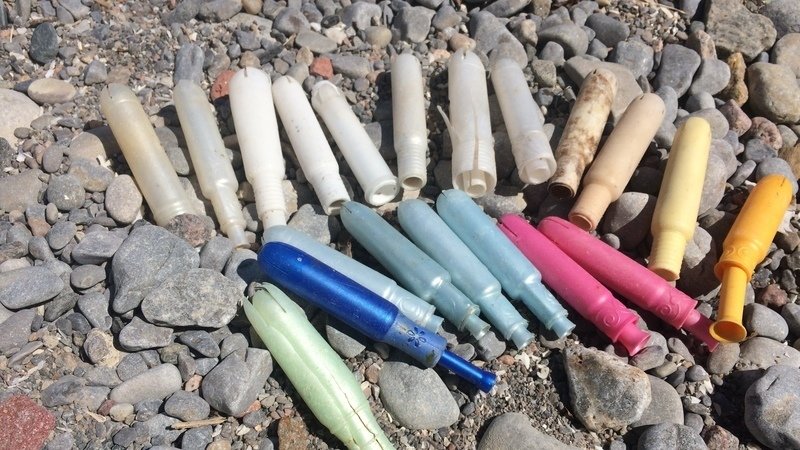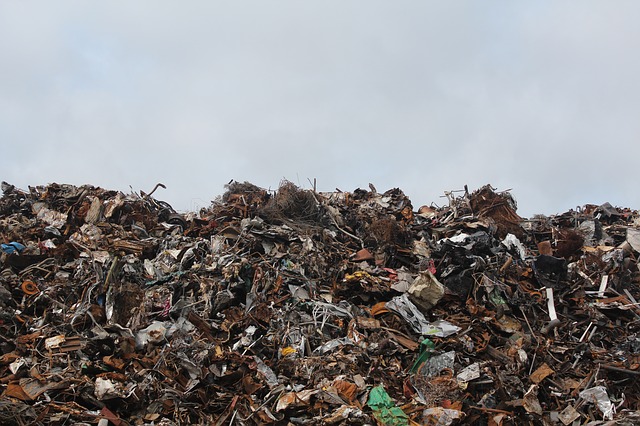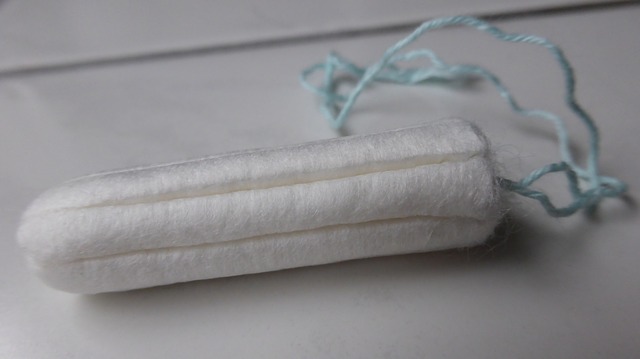It didn’t take long for the anti-straw movement to take the world (and social media) by storm, with a number of countries, cities, and restaurants globally opting to ban plastic straws.
It’s safe to say that it won’t be long before sipping out of plastic straws (let alone being photographed doing so) will become completely taboo – if it isn’t already.
As all eyes are (finally) on the state of the environment like never before, we’re starting to phase out single-use plastics like straws and plastic grocery bags. Earlier this year, Prime Minister Trudeau announced the Liberal government’s intent to ban such items within a two-year timeframe. While the full list has yet to be created, there’s another single-use plastic that’s overlooked by some: plastic tampon applicators.

Even when plastic straws were still a mainstream occurrence, many females likely used more tampon applicators than they did straws in a month’s time. In fact, a woman will use on average 11,000 single-use tampons and pads in a lifetime. Yet, tampon applicators haven’t been given as much air time as other single-use plastic culprits. Disgustingly, tampon applicators that have been flushed down the toilet (yes, apparently women do this) end up in bodies of water and on beaches and shorelines. In one single day alone, Ocean Conservation volunteers collected 27,938 used tampons and applicators on our world’s beaches(!). And, sorry, but that’s a bloody shame.
Furthermore, once plastic tampon applicators break down in our oceans, remnants of them pose a threat to marine life, which may consume the plastic, mistaking it for food. If the plastic clogs their digestive tracks, they can, and do, starve to death. The applicators that are thrown in the trash end up as plastic waste in landfills, where they take centuries to break down. An estimated 20 billion applicators end up in landfills each year. Although plastic applicators are technically recyclable, they aren’t usually accepted for sanitary reasons.

Yet, major tampon manufacturers continue to produce prettily coloured plastic applicators, and their products continue to dominate pharmacy shelves in North America. According to Mother Jones, “more than 88 per cent of the estimated $1.1 billion worth of tampons sold in 2015 had plastic applicators.” Furthermore, in most of the United States, tampon and pad manufacturers are not required to list their ingredients – including the chemicals. Yikes.
So, what’s the solution? A biodegradable cardboard applicator is an easy one. So are reusable items, like menstrual cups, absorbent underwear, and reusable applicators. Admittedly, however, such products aren’t for everyone and, as a result, haven’t really caught on. Of course, there’s also the option of switching to applicator-free brands like OB. In fact, in Europe, the majority of the tampons sold are free of applicators. Switching to pads isn’t a reasonable solution if your main concern is the environment; they typically incorporate even more plastic than applicators.

Period activists are currently pressuring tampon and pad makers to disclose their ingredients – and it’s working. Last month (on October 11), New York became the first state to require disclosure of menstrual product ingredients on their boxes or packaging. When it comes to doing away with the plastic applicator, while we may not see this happen in the near future, the good news is that the conversation is now happening. There is currently an online petition by Greener Future that urges tampon manufacturer Tampax and its parent company Procter & Gamble to stop producing plastic applicators and instead turn to applicator-free or cardboard and biodegradable options.
In the meantime, at very least – for the love of the GD planet – please stop flushing applicators down the toilet. Period.







